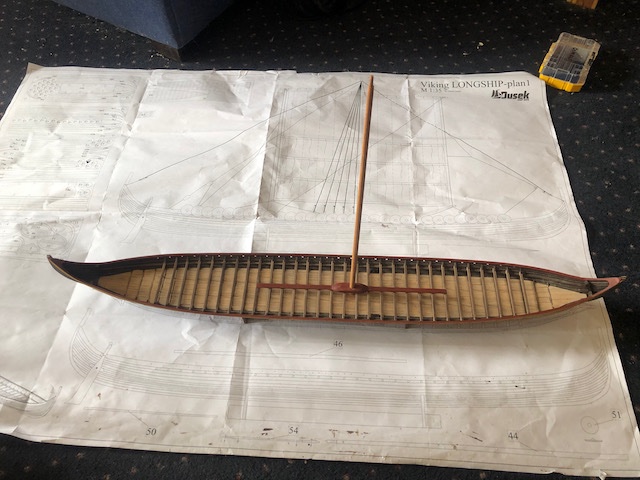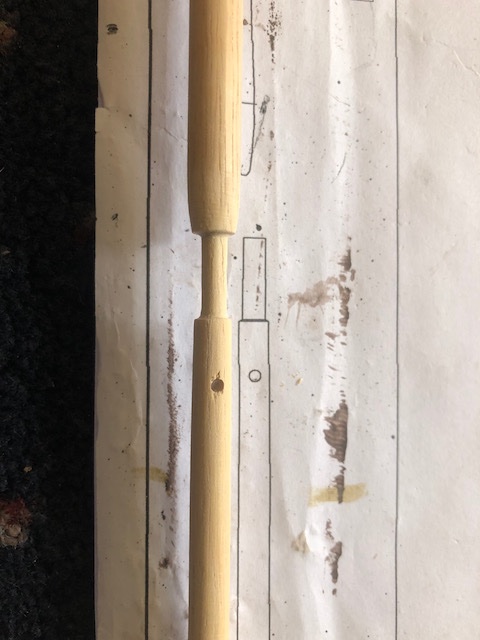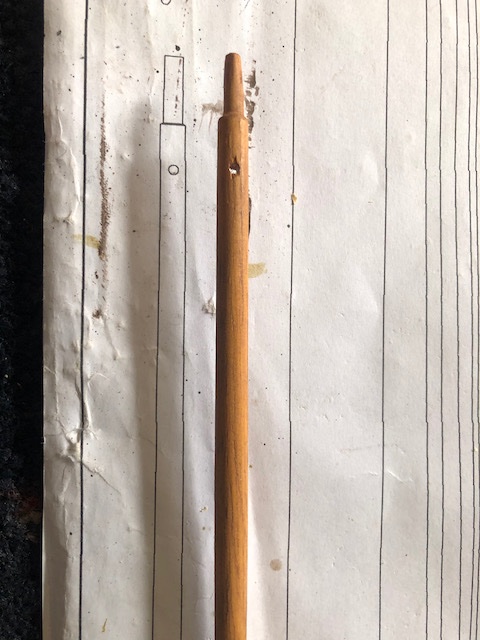-
Posts
3,378 -
Joined
-
Last visited
Content Type
Profiles
Forums
Gallery
Events
Everything posted by Cathead
-
Having little experience with either wood, I can't answer that directly, but a related question is whether you plan to paint the hull to match the real vessel or to display it as raw wood? If the former, the choice of wood won't matter nearly as much and you can supplement something else with little difficulty. As for your concern about filler use, it's part of the natural learning curve. It's pretty normal to need filler on your first planking attempt. Time and practice will help you develop the skills that allow for planking with minimal filler. However, this could be another reason to consider painting the hull rather than leaving it as raw wood, if you're not sure about being able to do the second planking with more than minimal filler (which will likely show up more strongly on a natural-wood hull).
- 89 replies
-
- Enterprise
- first build
-
(and 2 more)
Tagged with:
-
Welcome to MSW, we're glad you found us. I suggest you read this post, pinned at the top of the New Member Introductions section, which directly addresses questions of this sort. In short, Roger is correct, its only value is whatever personal connection you feel to it (which is not a dismissal, that can be quite powerful). If you wanted, you could read up on some the tutorials here and put some time into upgrading the model. There are simple things that could improve its condition and appearance, such as revising the rigging. This could help it feel more "yours" without a lot of investment.
-
Great story! That'd be a really neat model if you were able to decide on some parameters. Sadly, so many of these boats were pretty obscure and faded without a trace.
- 599 replies
-
- sidewheeler
- arabia
-
(and 4 more)
Tagged with:
-
Mark, good idea, but it's already reversed from the symbol in question (whose arms bend to the right, while mine bend to the left), but it still strikes both of us as resonant. However, we also both feel that (a) flaring the ends, (b) using colored pencils to mute the colors, and (c) using multiple designs tones down the resemblance enough.
-
Brian, I can't fully answer that. My sense is that shield symbology could represent allegiance (such as to your jarl or employer) but I'm not sure to what extent it could represent family lineage or personal identity. Here, I like the idea of a consistent theme related to the vessel's owner, especially given that this is an unusually powerful and expensive vessel. And artistically, I think a consistent theme will look better even if a bunch of individual shields could be accurate. For example, some green/grey shields would look cool on their own, but might clash with the consistent color-theme presentation of the model, and the average viewer would be more likely to notice the clash than to recognize that it's an accurate nod to Viking individualism. I certainly contradict myself here as I've painted my Viking figures as distinct individuals, though that's partly because they came with different designs cast on their shields, so I had little choice. I'm sure Steven could help inform both of us on this matter, and hope he does!
-
I agree, while that shield is pretty, I'm not basing any decisions on what TV producers do (nothing personal Chuck, I very much appreciate your interest). I was drawing from the shield designs given here and have been consulting Steven's link as well (given previously) for things like board width and pattern. I'm having way too much fun thinking about this, and last night (after I'd turned the computer off) went ahead and drew out all six color combinations using all colored pencils on another piece of wood: I actually kind of like the more muted, faded effect of the all-pencil version as opposed to the more vibrant paint/pen versions. They fit the weathered, muted artistic style of the vessel. And they're pretty easy to do. Also, thanks Steven for that great link on Viking colors! Got that bookmarked for sure now. So the question remains, if updated: which 1–3 designs look most appealing and would blend well together? I'll make my own decision but am legitimately interested in what other eyes see.
-
I ran this set of options past Mrs. Cathead, who (like James H and I) really liked the red shield with black swirls and gold edging. However, she also pointed out that the combination of color scheme and shape looked uncomfortably Nazi to her, and now I can't unsee that. So I did some thinking, and realized that if I flared the black swirls, it'd really cut down on the pseudo-swastika effect. See what you think: I also made another draft of the reverse-color version because I'm thinking about alternating these rather than making everything the same. If so, I need to get a red pen, though, the red colored pencil isn't vibrant enough to stand with the other ink-based colors. Thoughts on this updated version? I could even do a series of three or four different color variations on the same theme (like black shield with red swirls and gold edging).
-
Some nice progress! All the standing rigging is in place. This is still loose; I intentionally set it up so that I could tighten everything later on, to be sure that it all balances well. Pretty happy with this so far. Really starting to look like something. Given that, I had to figure out where the final tightening would happen. In theory it would happen on the thicker shroud running from the vantnale to the masthead. But I decided that was too tricky to get right. So, on the thinner lines that connect the vantnale to the hull, I tied a slipknot that allows one end of the loop to be tugged on, drawing the loop as tight as desired. This hides nicely in plain view as there has to be some kind of knot there anyway to finish off the loop, and I'll snug them right down along the inside of the hull. I realize that's rather dense to read. Maybe these photos help? Again, I can tug on one end of the thinner line to tighten the whole thing. Do you notice the steady upward progression of the vantnales above the hull as they proceed aft? That's because I was silly and measured all of the pre-made shrouds to be the same length, not accounting for the stacking along the top of the mainmast, so they gradually have to rise. Oops. Shouldn't matter too much, I doubt the real thing was nice and symmetrical. I followed the same method for the fore and aft stays: And here's what all ten shrouds and the two stays look like loosely piled up on the masthead. Definitely needed to extend that part of the mast, as discussed previously. Yes, these will compact down a bit when I tighten them, but still. I also started experimenting with shield design. The kit comes with 60 laser-cut discs, into which I plan to file gentle plank borders for realism. Then it's a matter of deciding what color pattern to use on the shield fronts. I did a bunch of research on various sites, and decided that I really like the four-spiral design. So here are five test versions of this, using different combinations of the red-yellow-black scheme the ship uses, tested on a scrap piece of pre-scribed wood. The left-most gray shield is one of the actual kit shields that I test-scribed but haven't colored. The coloration here is a combination of paint, marker, and colored pencil. I'd love some feedback on which designs you like/dislike, or new suggestions for combining aspects of them. I could also, in theory, use two versions and intersperse them. For reference, I don't plan to hang these along the sides. I'm going to stack them within the hull and hang some along the display base. Thanks in advance for opinions and ideas.
-
I agree that photos bring out every flaw in a model. The natural eye is far more forgiving. I also use only water-based paints as I work in my living room and have no interest in fumes or messy cleanup. I think this will look great on display when you're done!
-
Congratulations! She looks lovely and I enjoyed following your work.
- 48 replies
-
- dusek
- viking knarr
-
(and 1 more)
Tagged with:
-
Congratulations! This has been fun to follow.
- 20 replies
-
- Le Renard
- Artesania Latina
-
(and 1 more)
Tagged with:
-
OK, the talk is up on YouTube: The actual talk is about an hour, there's some dead-time lead-in, followed by a long Q&A and a video tour of the models at the end.
- 599 replies
-
- sidewheeler
- arabia
-
(and 4 more)
Tagged with:
-

Talk on Missouri River steamboat design & history, March 9, 2021
Cathead replied to Cathead's topic in Nautical/Naval History
OK, the talk is up on YouTube: The actual talk is about an hour, there's some dead-time lead-in, followed by a long Q&A and a video tour of the models at the end. -

Talk on Missouri River steamboat design & history, March 9, 2021
Cathead replied to Cathead's topic in Nautical/Naval History
Thanks, Toni! It was fun to develop and give. -
Thanks, folks! Some extra pressure knowing the NRG is watching. I tried not to get out over my skis in the Q&A as there are some things I don't know as much about. EDIT: I just realized that, in the acknowledgements, I'd meant to specifically thank Kurt and Roger Pellett for reviewing the talk ahead of time and for their constructive feedback. My sincere apologies, I'm so grateful for their help.
- 599 replies
-
- sidewheeler
- arabia
-
(and 4 more)
Tagged with:
-
Great, thanks for the proper terminology! I also notice that the vantnales in those photos have knobby ends to help hold the ropes in place. That's quite sensible, but doesn't seem to be the case on the Skuldelev 2 reproduction.
-

HMS Beagle by Krupi - OcCre - 1:60
Cathead replied to Krupi's topic in - Kit build logs for subjects built from 1801 - 1850
Wood glue generally seems preferable for wood-wood contact. Some planking methods use that for long-term strength, but include a few drops of CA here and there to achieve the rapid bonding that is desirable to many modelers. -
Correcting the mast: At this point I encountered yet another problem with the kit instructions. Remember the photos I shared above, clearly showing the plans indicating how much of the mast-top to narrow? This part has to accommodate 10 shrouds (five per side) and 2 stays (fore and aft) using the thickest rope provided in the kit. Well, I decided to do a test-fit, and sure enough, it's not nearly enough room for 12 loops. They pile up past the top of the mast (the photo below isn't even all of them): Inner scream. I'd already glued the mast in place. So I had to carefully crack it loose and pull it out again. I couldn't chuck it back in my drill because I'd already cut off the extra, and didn't want to make marks on the lower mast. So I used a razor saw to carefully cut a notch around the circumference, as far below the original narrowness as I dared go (without hitting the hole through the mast), then used a sharp knife to carve away the excess wood. The notch kept me from cutting too far down: Once this was done, I had shiny fresh wood to cover up. I rubbed it with a mix of pastels to roughly match the original stain, which seems good enough as this will be covered by rope: Then I glued the mast back in place. So that's where things stand. The next step is to start trying to attach shrouds again, working out the best way to tension those lower loops and tie them down temporarily until everything is tensioned the way I want it. I at least think I'm on the right track this time. But I really didn't need this frustration with instructions and plans that once again led me astray and wasted a bunch of time.
-
Starting rigging: I followed the instructions in setting up the rigging. This, as in most instances, turned out to be a mistake. The shrouds and stays are tensioned with an L-shaped piece that functions as a primitive deadeye. It took me a while to figure out how this actually worked, but I think I understand it now. I have no idea what this is actually called, so I'm referring to it as an L-deadeye. Take a look at the instructions: A loop of rope attaches to either the hull (as here) or benches (as in the image shared by bigpetr in a previous post). The shroud coming down from the mast is tied to the L-deadeye. When the latter's long end is slipped through the loop, then rotated upright, it creates leverage that tightens the shroud. This tension is held by attaching the upper long end of the L-deadeye to the parallel shroud, as it otherwise wants to rotate back down again (releasing tension). I don't know if that written explanation is clear, but that's how it seems to me. So far, so good. I followed the instructions in tying loops (five to a side, one for each shroud) through holes in the hull, then seized loops in one end of 10 shrouds (to go over the mast): However, when it came to connecting these using the L-deadeyes, I really struggled. I just couldn't get any consistent tension, and the pieces were so small that rope kept slipping off them and they just flopped around. So I decided to glue the L-deadeyes to the lower loops, making it easier to then loop the shrouds around them and pull for tension: This turned out to be a bad idea. Once I tried to make the connection, the L-deadeyes inevitably turned out to be in the wrong place along the loop, leaving one side of the loop too taut and the other floppy. Plus, it was maddening trying to get the thicker shroud tied onto the tiny L-deadeye in a way that actually held tension, as everything just kept flopping around, and all of this had to be done in place on the model. I also couldn't adjust tension as more shrouds were added. It just didn't work for me. So I undid my work, cut the L-deadeyes off the lower loops, and approached this from the opposite direction. I attached the L-deadeyes to the lower end of the shrouds, which made it really easy to get a nice tight knot on that little piece, and to do the fussy little lashing that keeps the long end tight against the shroud (another thing I found maddening originally): On the reproduction, I believe the latter connection is actually made by some kind of metal hoop that easily slides on and off as needed for shroud tension adjustment. But the kit doesn't provide that and just tells you to tie this on. So I used some leftover black rope from Syren to mimic a hoop like that. I think it came out pretty well. The goal here is to make the lower loops (attaching the L-deadeyes to the hull) the final step, because it'll be easier to pull tension on those as a simple loop through the already-stabilized L-deadeye. Tests confirm that this is much more effective, though I haven't actually done it for good yet. That's because of the next problem I encountered, to which I'll dedicate a separate post.
-
Making the mast: The kit plans give a clear drawing for how to turn the mast, which I followed. I used the poor-man's lathe method by chucking a dowel in my hand drill and using files and sandpaper to taper it down. Here you see the shortened top of the mast, where the stays are meant to loop over. Once I was happy, I cut off the chucked part of the dowel. After further smoothing and staining, I got this: And here's a test-fit on the ship:
About us
Modelshipworld - Advancing Ship Modeling through Research
SSL Secured
Your security is important for us so this Website is SSL-Secured
NRG Mailing Address
Nautical Research Guild
237 South Lincoln Street
Westmont IL, 60559-1917
Model Ship World ® and the MSW logo are Registered Trademarks, and belong to the Nautical Research Guild (United States Patent and Trademark Office: No. 6,929,264 & No. 6,929,274, registered Dec. 20, 2022)
Helpful Links
About the NRG
If you enjoy building ship models that are historically accurate as well as beautiful, then The Nautical Research Guild (NRG) is just right for you.
The Guild is a non-profit educational organization whose mission is to “Advance Ship Modeling Through Research”. We provide support to our members in their efforts to raise the quality of their model ships.
The Nautical Research Guild has published our world-renowned quarterly magazine, The Nautical Research Journal, since 1955. The pages of the Journal are full of articles by accomplished ship modelers who show you how they create those exquisite details on their models, and by maritime historians who show you the correct details to build. The Journal is available in both print and digital editions. Go to the NRG web site (www.thenrg.org) to download a complimentary digital copy of the Journal. The NRG also publishes plan sets, books and compilations of back issues of the Journal and the former Ships in Scale and Model Ship Builder magazines.



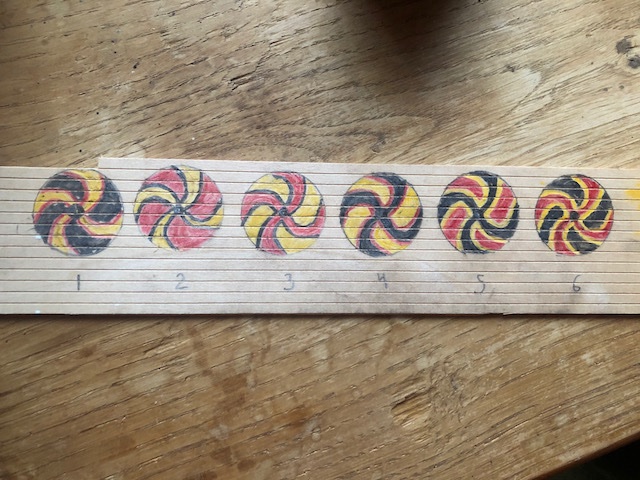
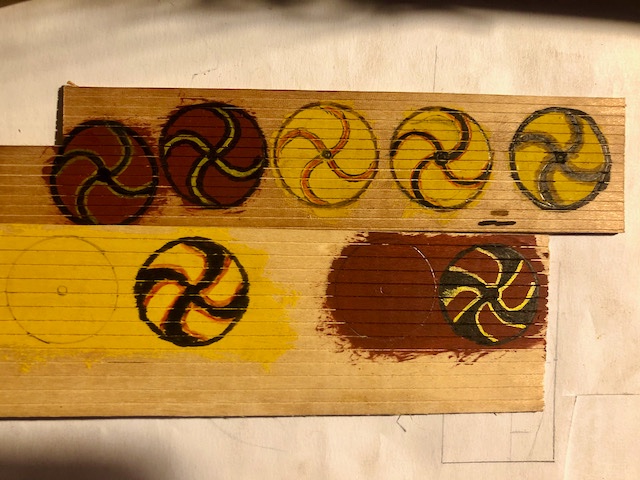

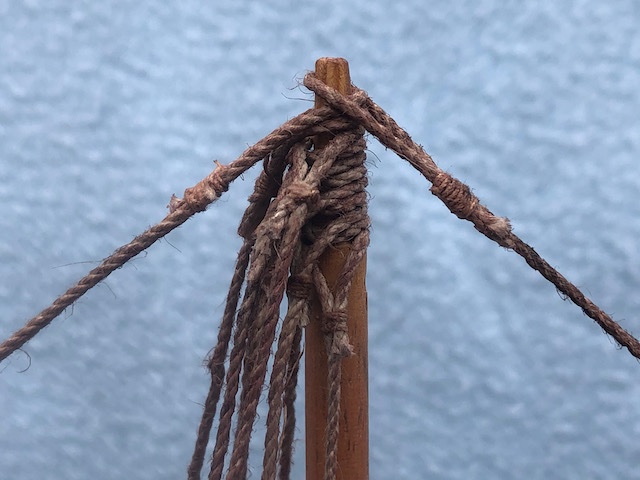
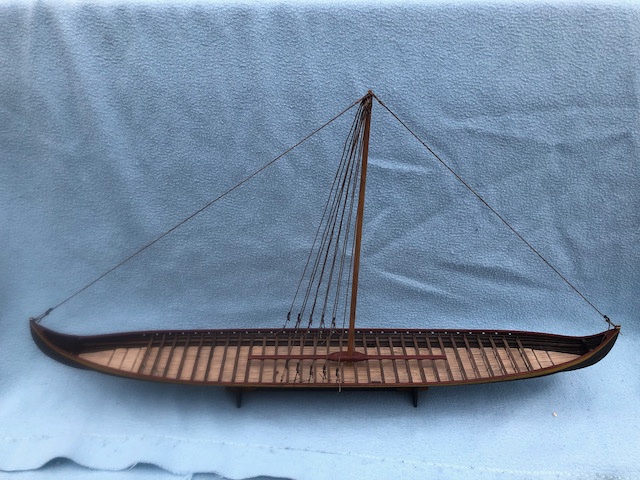
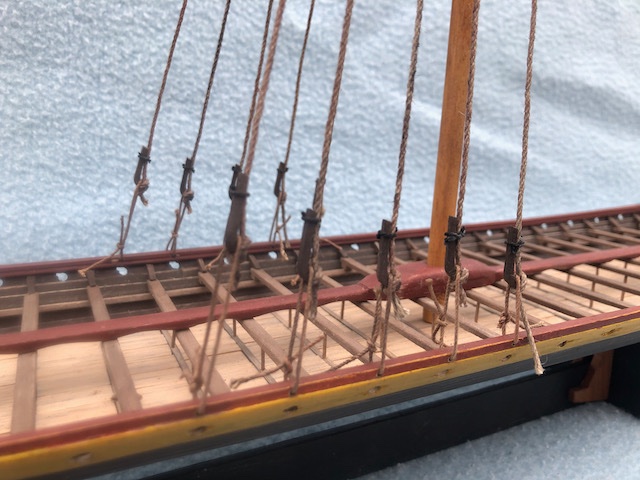

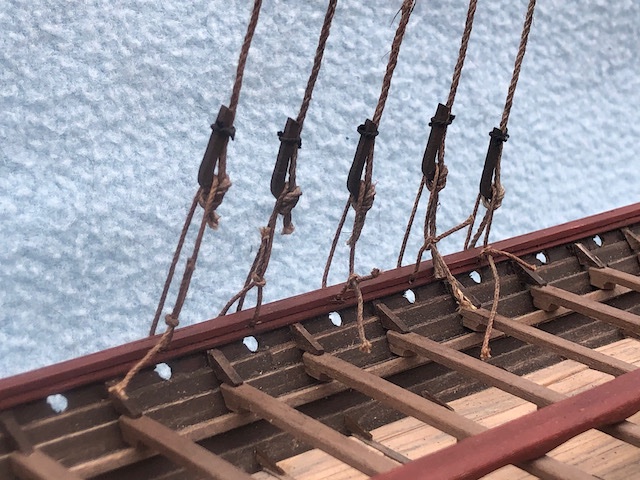
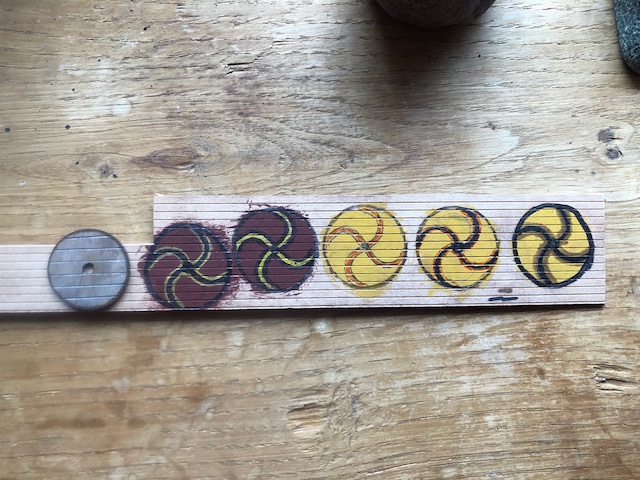
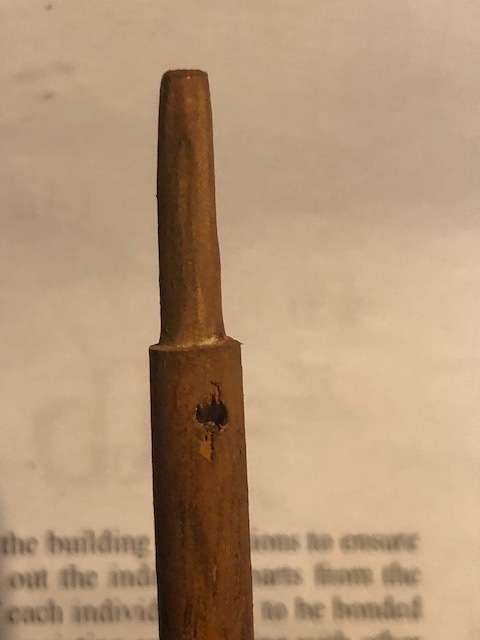
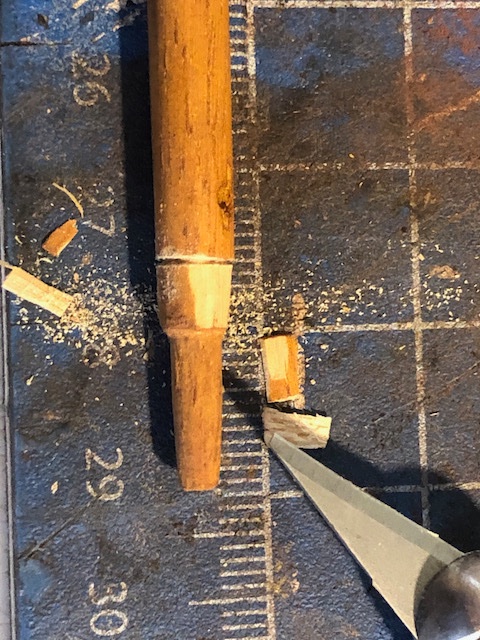
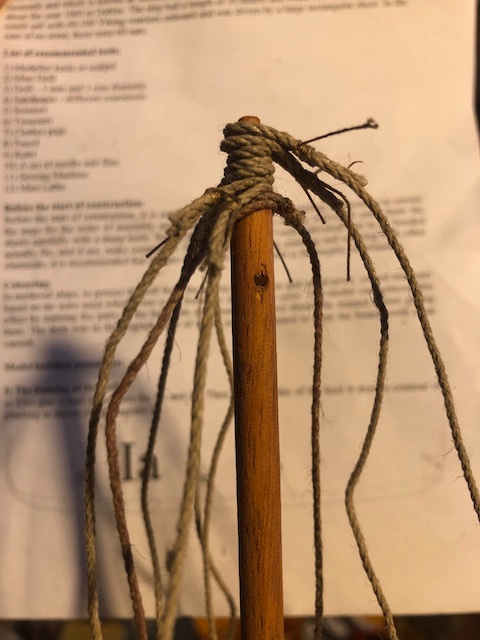
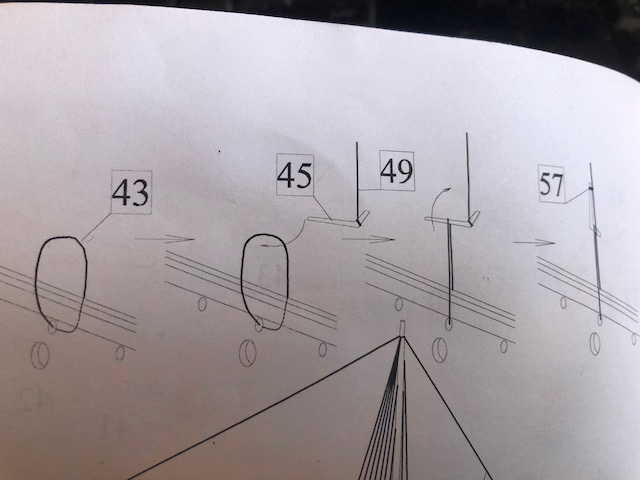
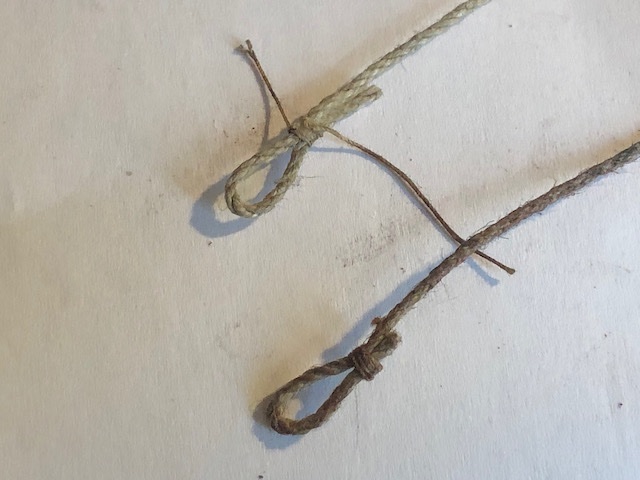
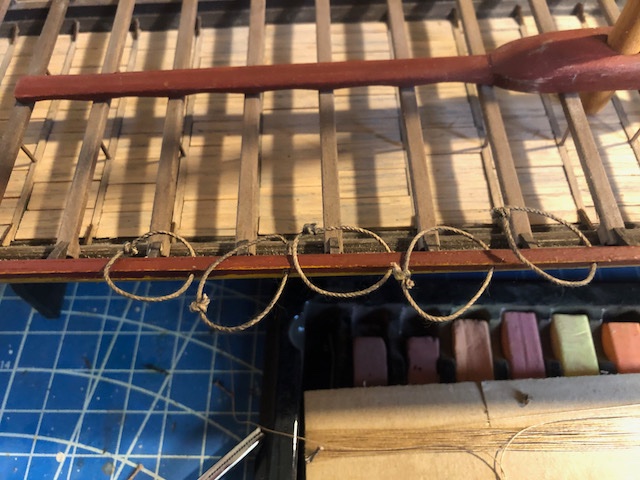
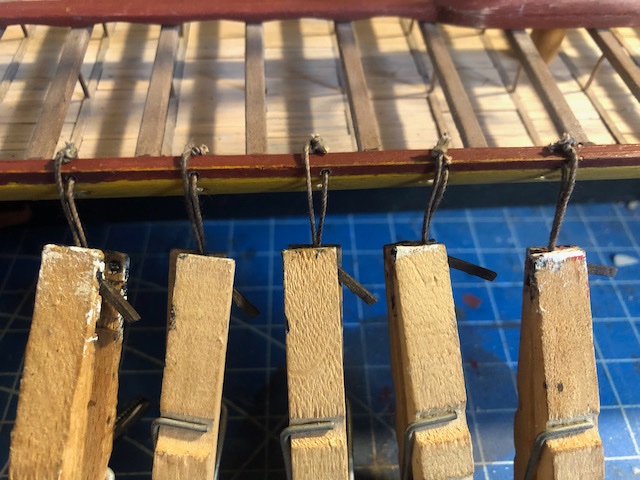
.jpeg.a56b27499d190b82575964d58c89846a.jpeg)
